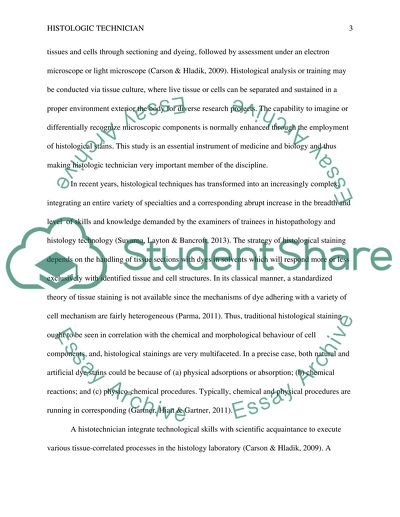Cite this document
(“Histologic Technician Research Paper Example | Topics and Well Written Essays - 1500 words”, n.d.)
Retrieved from https://studentshare.org/health-sciences-medicine/1634720-histologic-technician
Retrieved from https://studentshare.org/health-sciences-medicine/1634720-histologic-technician
(Histologic Technician Research Paper Example | Topics and Well Written Essays - 1500 Words)
https://studentshare.org/health-sciences-medicine/1634720-histologic-technician.
https://studentshare.org/health-sciences-medicine/1634720-histologic-technician.
“Histologic Technician Research Paper Example | Topics and Well Written Essays - 1500 Words”, n.d. https://studentshare.org/health-sciences-medicine/1634720-histologic-technician.


